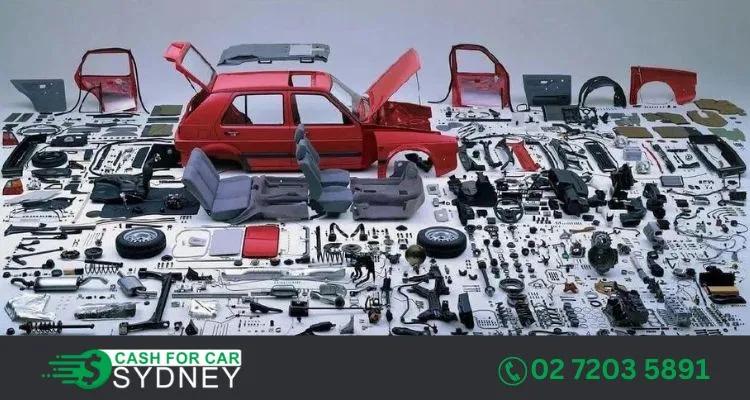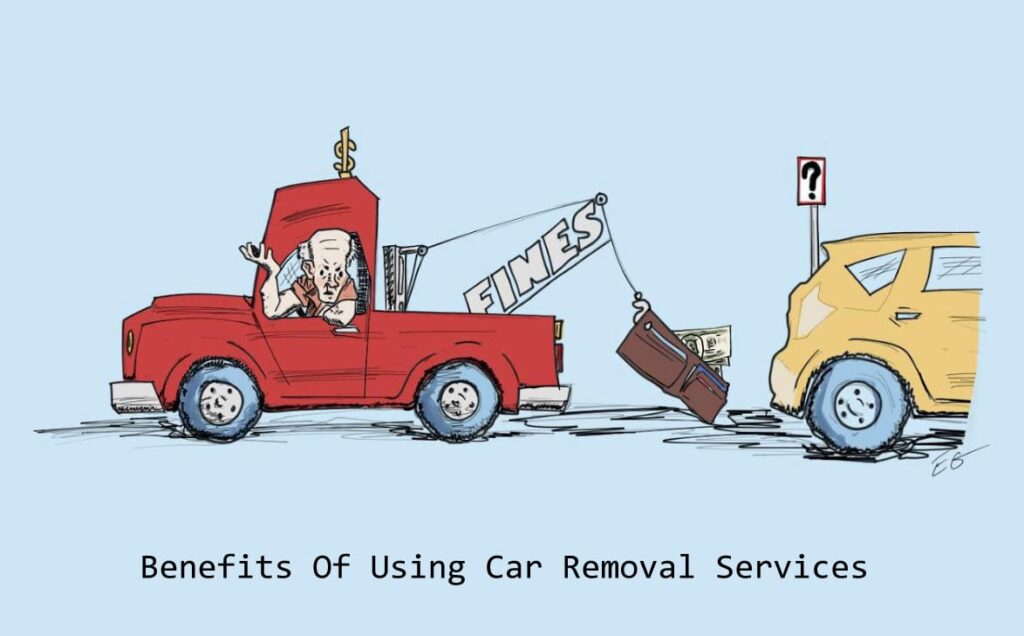The automotive industry has made significant strides in recent years to reduce its environmental impact. From electric vehicles to more fuel-efficient engines, manufacturers are increasingly focused on sustainability. Auto parts recycling is essential for the safety of the environment.
But, recycling auto parts is another essential aspect of reducing waste and conserving resources. Several auto parts can be easily recycled. Recycling of old vehicle parts contributes to a greener and more sustainable future.
In this blog post, we will explore six such auto parts that can be recycled efficiently.
6 Easily Recyclable Auto Parts
1. Batteries
Automotive batteries contain various toxic materials. These are lead, acid, and plastic, making them hazardous if not disposed of properly. However, they are also highly recyclable.
Recycling facilities can extract valuable components, for example, lead, plastic, and sulfuric acid. It could be reused in new batteries or other products. Recycling batteries prevent the release of harmful substances into the environment. They also conserve finite resources.
2. Tires
Every year, millions of tires are discarded, posing a significant environmental challenge. Tires are highly recyclable and can be transformed into various useful products. Recycling processes can shred old tires to produce materials for new tires.
We can use it to make playground surfaces, athletic tracks, and even artificial turf. By recycling tires, we can reduce the amount of waste in landfills. It is helpful in minimizing the demand for raw materials.
3. Oil Filters
Used oil filters contain both metal and oil residue, which can contaminate the environment if not properly disposed of. Recycling oil filters involves various procedures. For example, draining the oil, crushing the filter and separating the metal components.
These metal components can be recycled. The recovered oil can be re-refined and used again, reducing the need for new oil production. Recycling oil filters helps conserve resources and prevent pollution.
4. Engine Components
Engines are complex systems composed of various components. Many of these components can be recycled. Parts such as aluminum blocks, cylinder heads and pistons can be salvaged and reused.
They can be used to manufacture new engine components. Recycling these parts reduces the demand for raw materials. Additionally, it saves energy that would otherwise be required in the production of new parts.
5. Scrap Metal
Automobiles contain a significant amount of metal, including steel, aluminum, and copper. When vehicles reach the end of their life cycle, It becomes essential to recycle these materials. Recycling these metals is an effective way to reduce waste and conserve resources.
Scrap metal from auto parts can be melted down and used in the production of new vehicles or other metal products. This process saves energy and reduces the need for mining and refining new metal ores.
6. Glass
While not as commonly recycled as other materials, auto glass can be recycled and repurposed. Recycled auto glass can be transformed into new glass products. It could be used as an ingredient in the production of fiberglass insulation.
By recycling auto glass, we reduce the amount of glass waste in landfills. We work to conserve the energy required for manufacturing new glass from raw materials.
Conclusion
To sum up, auto parts Recycling is a crucial step toward achieving a more sustainable automotive industry. By responsibly disposing of and recycling auto parts, we can minimize waste. We also conserve resources and reduce our environmental footprint.
From batteries and tires to engine components and scrap metal, many auto parts can be efficiently recycled. Embracing these recycling practices is beneficial for the environment. This is because it supports the growth of a circular economy in the automotive sector.
As consumers, let’s prioritize proper disposal and recycling of auto parts. We should contribute to a greener and cleaner future for generations to come.



